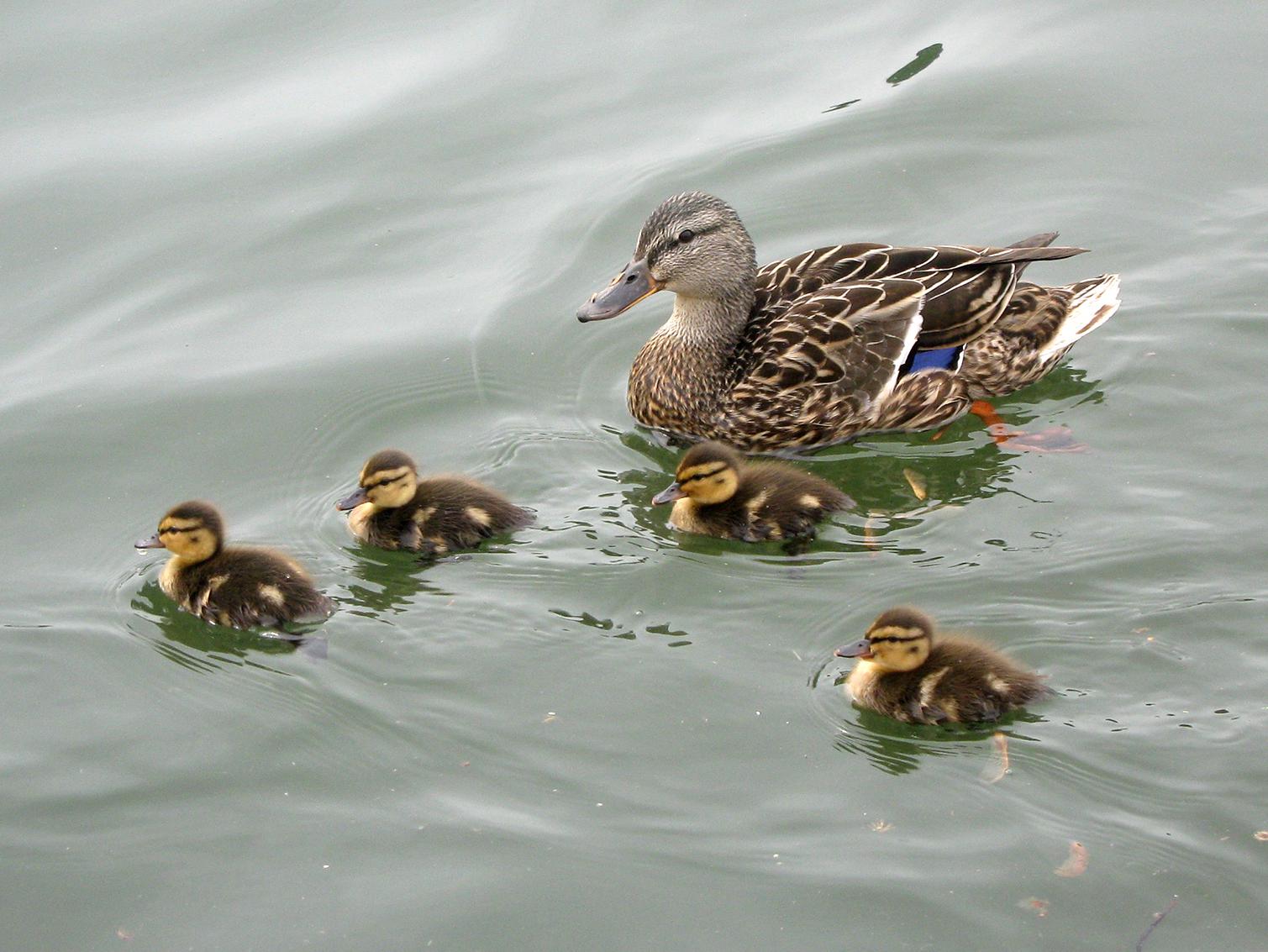Information Possibly Outdated
The information presented on this page was originally released on March 2, 2018. It may not be outdated, but please search our site for more current information. If you plan to quote or reference this information in a publication, please check with the Extension specialist or author before proceeding.
Spring romance is for the birds
STARKVILLE, Miss. -- Valentine's Day may be over but not the romance. Spring is just around the corner, and that means the start of the breeding season for wildlife. The chirps and trills of spring peepers and chorus frogs now rise into the night. Bird song greets the morning. A new season of growth and life has begun.
The complexity of nature is amazing. Even the way animals reproduce is diverse. Let's look at some examples from the bird world.
Most birds are monogamous. In monogamy, one male and one female form what is known as a pair bond. How long a pair bond lasts varies with species. For many birds, the bond lasts the entire breeding season. In these cases, the male and female often work together to raise offspring.
A few bird species mate for life. Perhaps the most famous example is the mute swan. The pair stays together until one dies, working together to raise their young cygnets each year. Our national symbol, the bald eagle, is another example. Whooping cranes, scarlet macaws and even the dowdy black vulture are other species that are monogamous for life.
Not all species form a single male and single female pair bond. In some rare cases, a single female will mate with more than one male. In this system called polyandry (meaning “many males”), each male takes care of the nest laid for them by the female.
More common than polyandry is polygyny, which means “many females.” As the name implies, a single male mates with more than one female. Often, these females raise the young on their own or with limited help from the male. Polygyny is most common in harsh nesting conditions that make it necessary for birds to use several partners to increase the chances of surviving offspring.
One unusual breeding strategy is called cooperative breeding, in which the parents have help caring for nestlings. Adult, nonbreeding offspring may stay in their parents’ territory and help to raise their siblings. This system makes sense if space for new territories is restricted. By staying in their parents’ home territory, these young adults have a better chance of survival. They can also improve the chances of their siblings’ survival. In Florida, where the native scrub oak habitat is limited, the Florida scrub jay has a cooperative breeding system.
While some species get extra help raising offspring, others don’t put any effort at all into rearing their young. The brown-headed cowbird in the United States and the common cuckoo in Europe are called brood parasites. Females of these species lay their eggs in the nest of other, unsuspecting bird species. When the “parasite” egg hatches, the surrogate mother cares for this hatchling as if it was hers, often to the detriment of her own chicks.
The bird songs and colors of spring remind us of the beauty in nature’s diversity and of the promise of new life with a new year.

Editor’s Note: Extension Outdoors is a column authored by several different experts in the Mississippi State University Extension Service.








